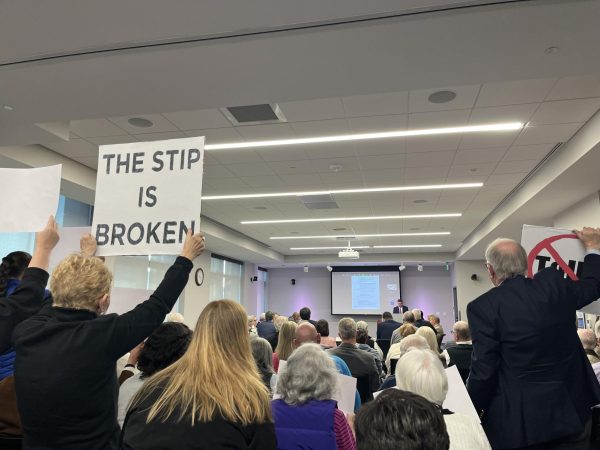
A recent vote by the Wilmington Metropolitan Planning Organization (WMPO) is taking a toll on some Cape Fear residents.
In the wake of the recent partial closure of the Cape Fear Memorial Bridge for critical repairs of the bridge deck and the beams that support it, the topic of an eventual replacement, and how to fund it, has come to the forefront of the public conversation.
Following a lengthy public comment period at a Jan. 31 WMPO meeting, board members voted 8-5 to consider a tolling option for the potential replacement of the Cape Fear Memorial Bridge. The meeting, described by board chair Hank Miller as the most contentious yet, featured significant public criticism of the N.C. Department of Transportation and its State Transportation Improvement Program (STIP) by citizens and officials, with several members condemning the process as “biased” and “ineffective.”
The STIP controls funding for new infrastructure projects in the Department of Transportation. The program failed to fund a replacement bridge in its last stage of the funding process, leading to the WMPO’s decision to consider a toll to help cover part of the cost of replacement, with hopes of increasing the score of the bridge replacement in the STIP to unlock further funding and open the project up to federal grants.
The Wilmington City Council approved a resolution against utilizing tolls to fund the replacement, and both the New Hanover County and Brunswick County Democratic parties have released statements against the usage of tolling as well. The New Hanover County Republican Party did not respond to a request for comment on the matter.
Several protestors gathered before the vote at Dram Tree Park on Jan. 29 to oppose tolling as a means to fund a new Cape Fear Memorial Bridge, at an event organized by the New Hanover County and Brunswick County Democratic parties. Mayor Saffo spoke at the event in opposition to the toll, as did several community leaders and activists.
“I feel that the people that are going back and forth because of work, they cannot afford these toll prices. I remember when I worked full time and had tolls, and it was very expensive,” stated Candance Kelley, a 71-year-old retired schoolteacher. “I’m here to represent the employees that are driving back and forth. They can’t afford this.”
Lily Nicole, an activist and lead organizer for the N.C. Association of Educators, said the current bridge closure is already making travel into Wilmington difficult, and criticized the tolling proposal. “It’ll impact helping my mother. She’s on a limited income with disability, so she’s going to be counting her pennies more often. All of her doctor’s appointments are here,” she said.
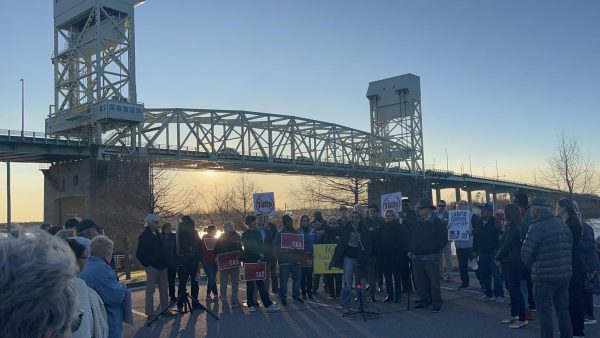
Many protestors voiced concerns that a toll would further squeeze the incomes of lower-wage earners, forcing them out of work in New Hanover County entirely.
Jacqui Dalessio, president of the New Hanover County Association of Educators said “We’re going to lose people at my school, like qualified educators. People who want to teach in our county because they like the conditions of our school system are going to leave and go to other counties.”
Several protestors were also concerned about the possibility of toll rates changing throughout the day based on congestion, referred to as congestion pricing.
“It’s basically a tax against our teachers, our firefighters, our police officers,” said Ian Appling, third vice chair of the New Hanover County Democratic Party.
When asked about possible funding alternatives, Appling said, “The replacement for a bridge is already paid for by our tax dollars. Raleigh and Charlotte have enough money to continuously pay for their years and years of DOT infrastructure improvements. It makes you think.”
At the WMPO public meeting, various Wilmington Chamber of Commerce members spoke in support of considering the toll, including the chair of the Board of Directors, Lisa Lee, and member Jim Hundley. The members spoke to the necessity of a replacement bridge to the Wilmington business community, highlighting the importance the current bridge holds for the community.
For several decades, there have been various proposals to supplement or replace the Cape Fear Memorial Bridge, but none have been successful. The Cape Fear Skyway, also called the Cape Fear Crossing, was a proposed toll crossing south of the current bridge, projected to cost nearly $1 billion. The project was scrapped after it did not score well enough in the STIP process.
There are currently four options being considered for a potential replacement of the Cape Fear Memorial bridge, all including six total lanes of traffic (an increase from the current four) and a mixed-use path for pedestrians and cyclists. The first option is a 65-foot non-moveable bridge, which may harm ship access to taller vessels. The second option is a 135-foot fixed structure, with enough vertical clearance for larger ships to pass underneath; however, more bridging over wetlands on Eagle Island would be necessary, as would a new interchange on the island. The third option is also a 65-foot structure but would have a moveable deck to allow for larger ships to pass underneath when necessary. The fourth option is similar to the third, with the exception of a railroad track being placed on the South Side to allow easier access for cargo trains to the port.
Supporters for the toll argued that none of those options can be built without funding. The STIP process considers a variety of factors – congestion, safety, accessibility/connectivity and cost-benefit analysis being several, with factors such as future increases in traffic and economic impact being examined as well. With a possible final sum exceeding $500 million, cost-benefit analysis is where the replacement project falls short, according to N.C. DOT communication officer for divisions two and three, Lauren Haviland.
The WMPO approved the consideration of a toll before, in 2022, and the deliberation came with much less controversy. The N.C. DOT has studied various possible tolling options, including $1, $2 and a toll-free facility. When asked about the possibility of dynamic pricing, Haviland stated that the State DOT has not studied dynamic pricing yet, but likely will in the future following the WMPO’s vote.
Protestors at the WMPO meeting and the Dram Tree Park protest also communicated concerns about a lack of transparency in who would be operating the tolls, and possible rates they could charge. According to Haviland, a private operator is not being considered at this point in the process. Haviland stated, “If they wanted us to look at [tolling operated by a private company] we would, but what we’re talking about now is the N.C. DOT Turnpike.”
At the public meeting, opponents of the toll pointed to projects that did receive funding — one of which being the Hampstead Bypass/Military Cutoff Extension. However, Haviland emphasized that the bypass and extension projects were split into three phases, reducing the total cost and making it easier to score funding. Haviland said, “You can’t build half of a bridge and then come back and build the other half.”
Despite concerns of bias, New Hanover County ranks 11th in funding from the STIP, with Brunswick County ahead in 10th place and Pender in 27th place. New Hanover County received over $3,100 per capita, with Mecklenburg County, including Charlotte, receiving only slightly over $2,400 per capita, and Wake County only receiving less than $1,850 per capita from the program.
Ultimately, it will be up to the WMPO to decide whether a tolling option is approved for a Cape Fear Memorial Bridge replacement if the next round of the STIP goes well. The WMPO is also able to stop the state DOT from considering a tolling option at any point in the process.
This is a developing story. We will update you as the situation continues.





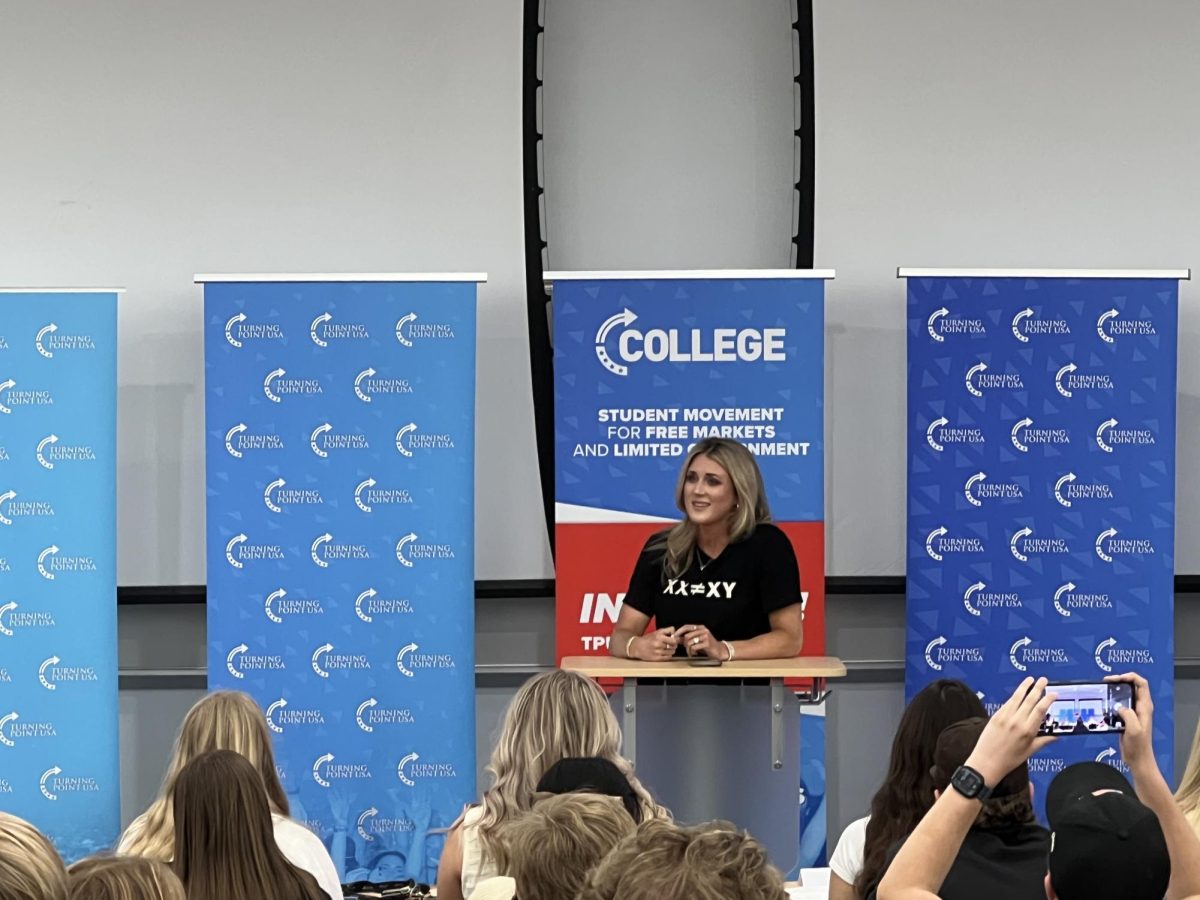
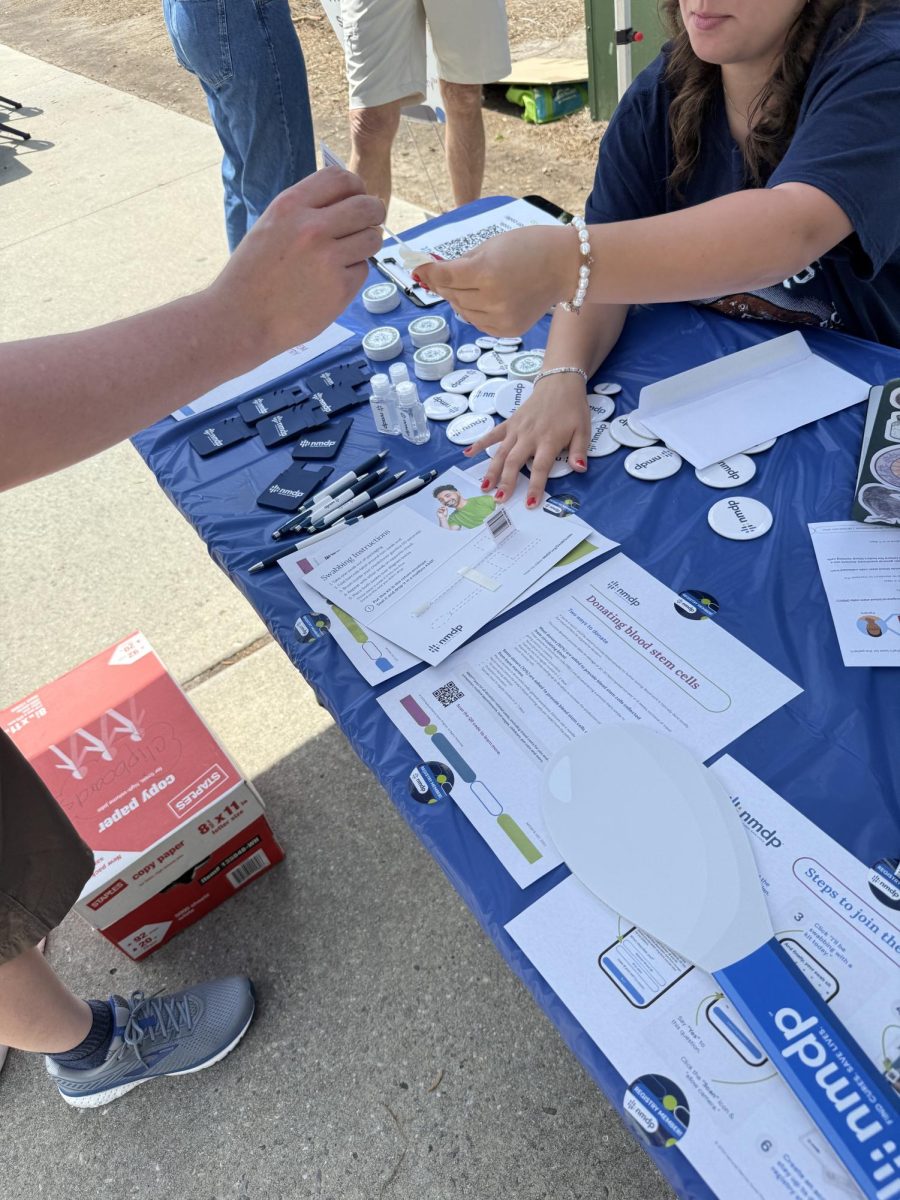
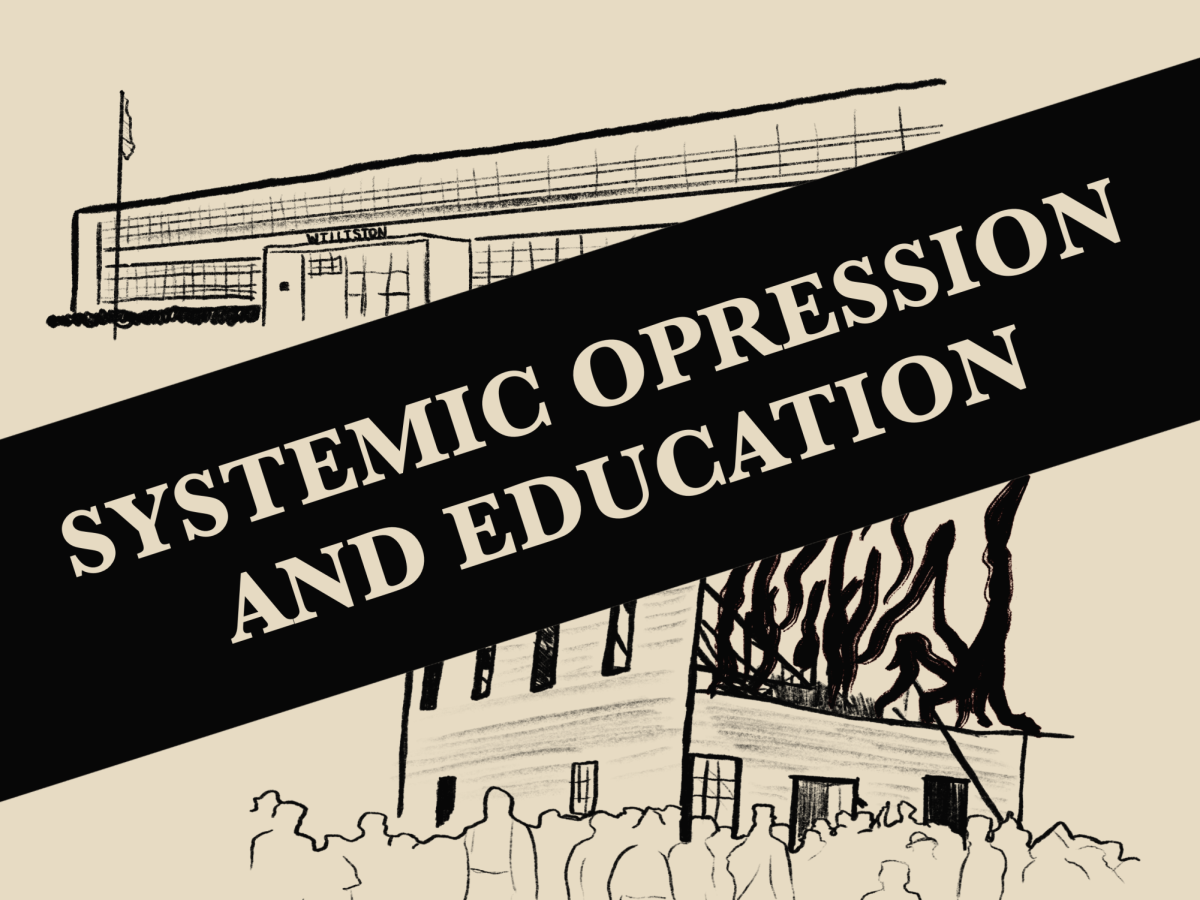
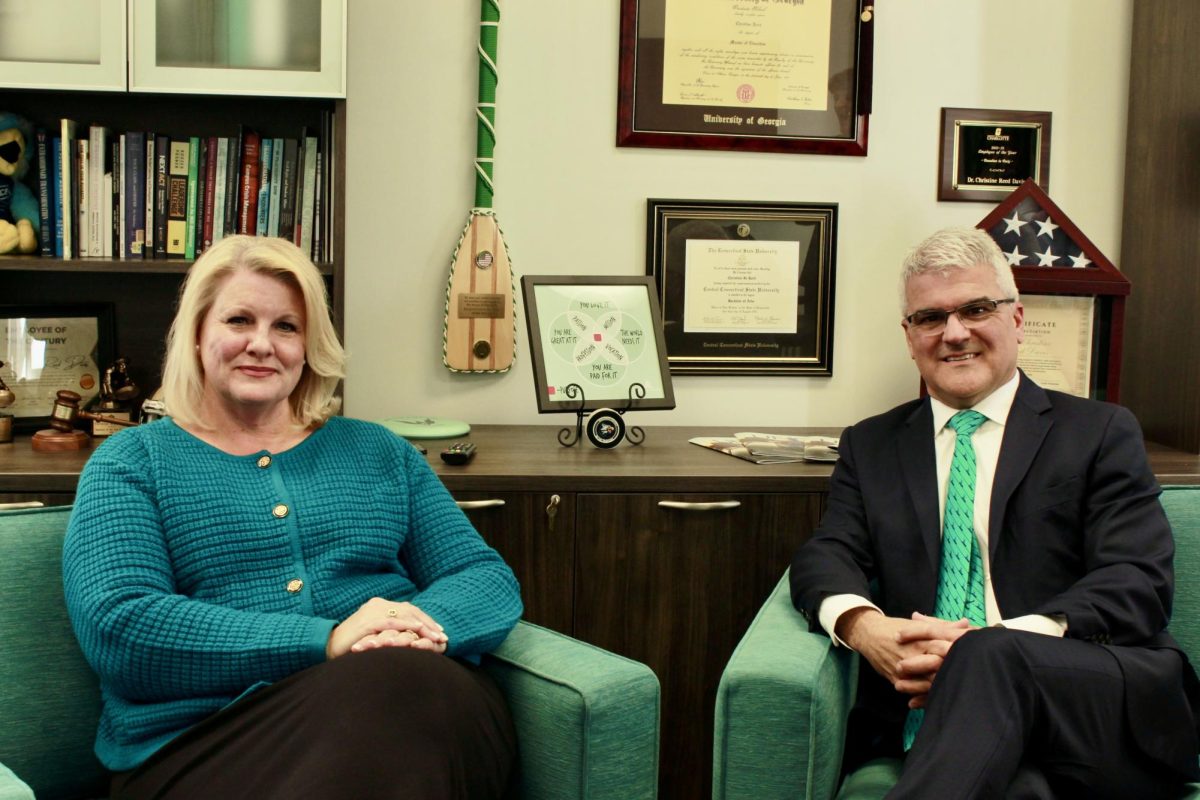





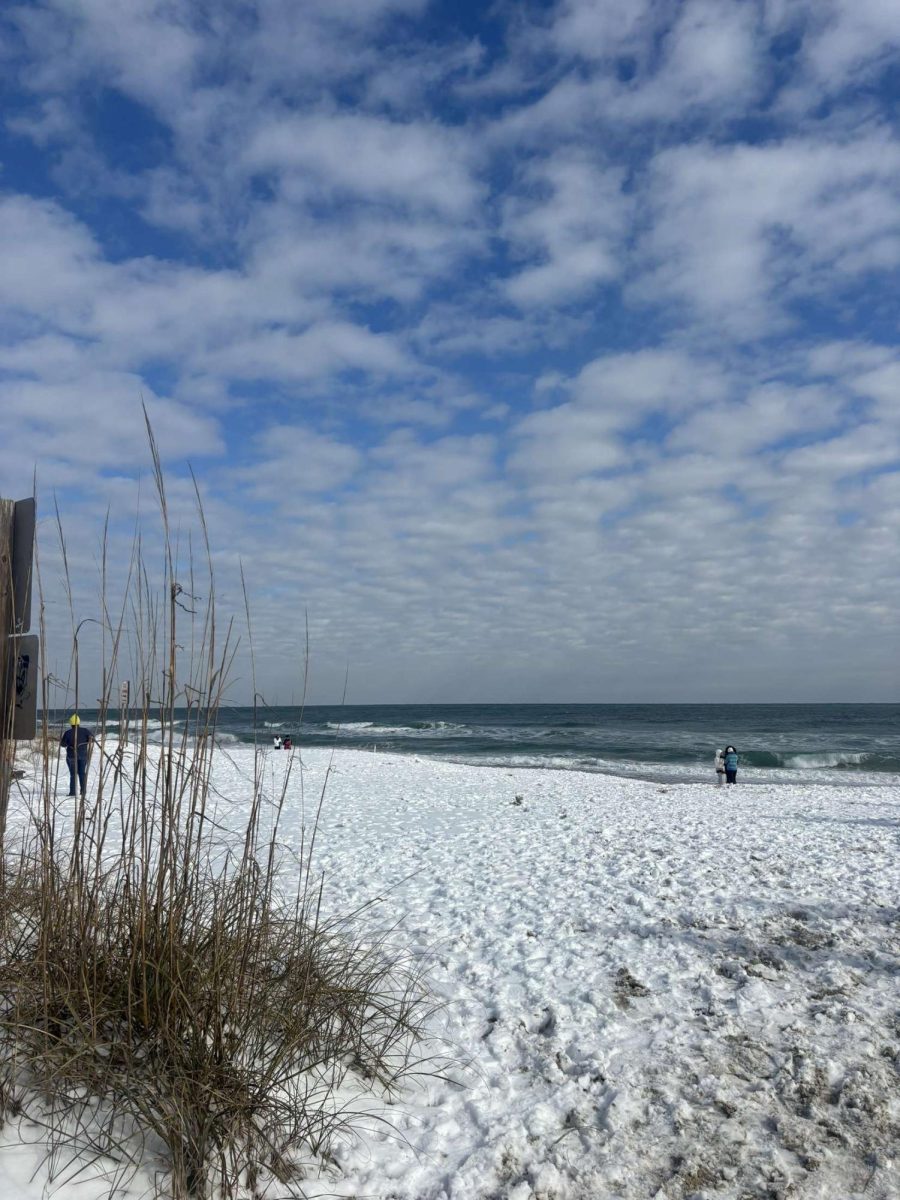
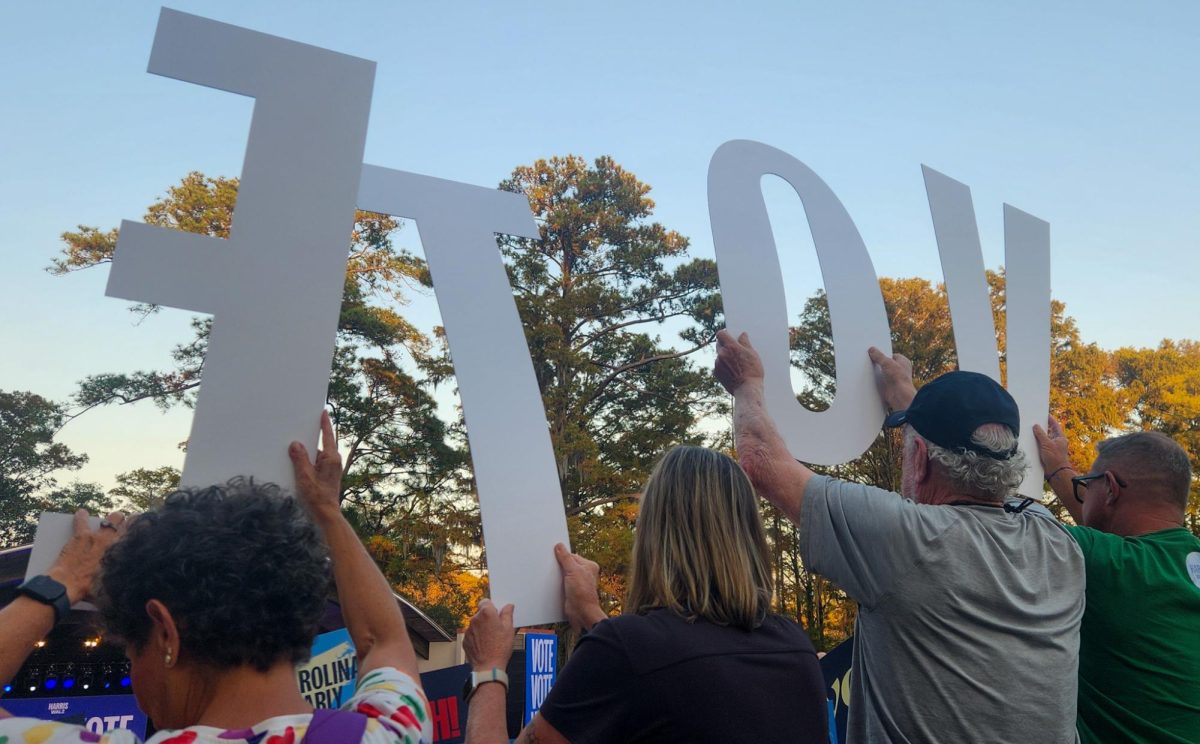


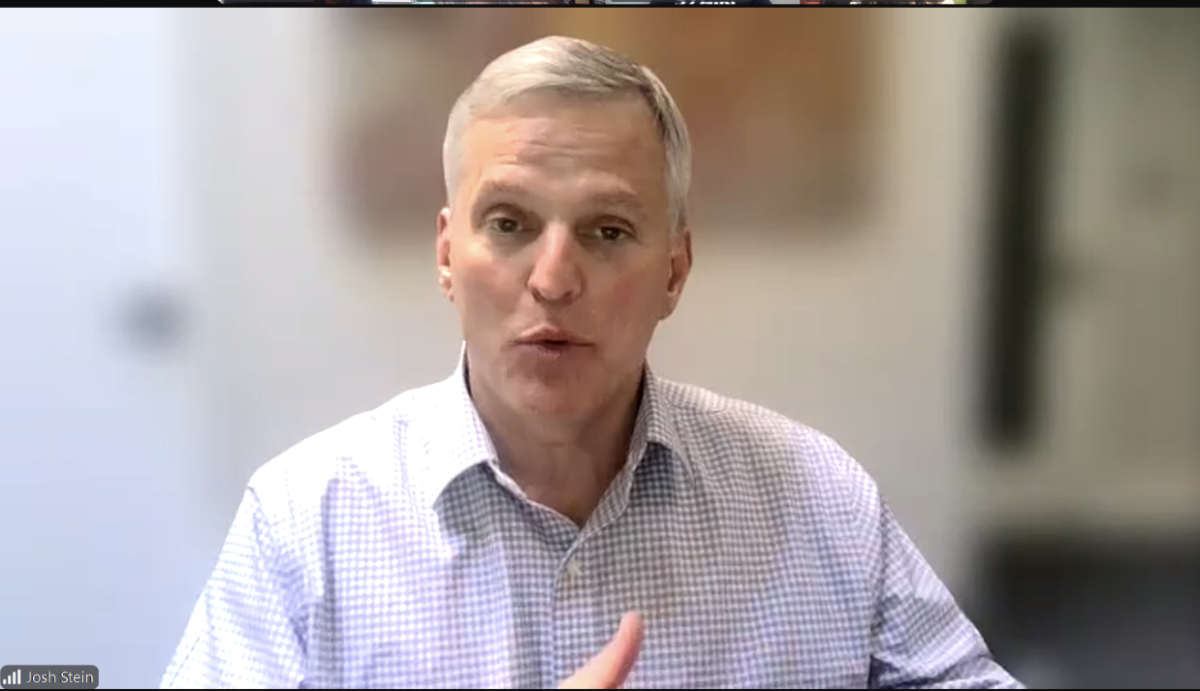

Marty • Apr 2, 2024 at 9:50 am
While this matter often references the toll costs to individual citizens (vehicles) using / crossing the proposed bridge, an assessment is needed of the “commercial” users’ (as service, merchandise, et al vehicles) toll costs incurred — and then passed on to all regional consumers of those many services, merchandise, etc. so affected. — Thus a broader based County (even multiple county) tax might be warranted instead of tolls. — Also, of course is the management costs and user nuisance (time costs) of collecting and processing such tolls (instead of a broader tax assessment — maybe pennies as a gas tax).
Mia • Feb 22, 2024 at 1:51 pm
This is such a good article!